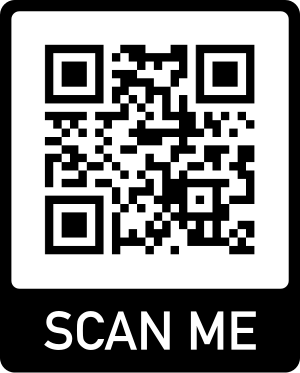Preparing for the NAATI CCL (Credentialed Community Language) Exam is an essential part of the migration journey for many. Passing this exam can earn valuable points toward your visa application. However, a successful outcome requires more than just language skills—it demands accuracy, focus, and a clear understanding of the exam’s requirements. NAATI with Thushara compiled a list of the seven most common mistakes to avoid so you can approach your NAATI CCL Sinhala exam with confidence and achieve the best results.
1. Omitting Information
In the NAATI CCL Exam, omitting details is a critical error. When translating from the source language, missing even small bits of information can render your response incomplete. This often happens due to weak short-term memory or ineffective note-taking. Since omissions are considered major errors, each one could cost you an entire segment’s worth of marks. To avoid this, practice focusing on retaining and relaying complete information every time.
2. Distorting Information
Distorting the original message is another significant error. Inaccurately interpreting phrases or misidentifying relationships—like confusing “grandson” with “nephew” or mistaking “ulcer” for “cancer”—can lead to serious penalties. This kind of error is usually due to misunderstanding or poor listening, and even a minor distortion can drastically alter the meaning of the segment. Remember, it’s important to interpret only what you’re sure of and to avoid guessing if you’re unsure.
3. Inserting Extra Information
Adding information that wasn’t in the original statement is known as “insertion” and can confuse the meaning, leading to penalties. The key to avoiding this is to stick as closely as possible to the original message. Unnecessary additions can derail your translation and impact your score.
4. Literal, Word-for-Word Translation
Interpreting word-for-word is tempting, but it can make your response sound unnatural and confusing. Literal translations can distort meaning, especially when idiomatic expressions are involved. Instead, focus on translating the idea and meaning rather than the exact words. This will make your responses sound more fluent and accurate in Sinhala, without losing the essence of the message.
5. Excessive Note-Taking
While taking notes during the exam can be helpful, excessive note-taking can work against you. Over-focusing on writing can compromise your memory and comprehension. Instead of attempting to capture every detail, use concise notes with keywords or symbols to help trigger your memory. Ultimately, the goal is to understand and communicate the meaning, not to transcribe every word.
6. Forgetting to Ask for a Repeat
In the heat of the moment, candidates often forget that they’re allowed to request a repeat if they miss or don’t fully understand a segment. This option can be a lifesaver, as listening again can help avoid omitting or distorting information. Remember that the first repeat is free, though additional repeats do carry a penalty. Make sure to use this option wisely if it will help you give a more accurate response.
7. Exceeding the Time Limit
The NAATI CCL Exam has a 20-minute time limit, during which both dialogues must be completed. Running out of time often results in incomplete answers, which score zero marks. To stay within the time frame, avoid long pauses, excessive self-corrections, and frequent repeats. Manage your time effectively to ensure you complete the exam comfortably within the limit.
Final Thoughts
Taking the NAATI CCL Sinhala Exam can be a challenging but rewarding experience. By avoiding these common pitfalls—omitting details, distorting meaning, inserting extra information, translating literally, taking excessive notes, forgetting to ask for a repeat, and exceeding the time limit—you’ll be well-prepared to give your best performance. NAATI with Thushara here to support your journey toward success. With practice and preparation, you’ll be on your way to acing your CCL exam!

